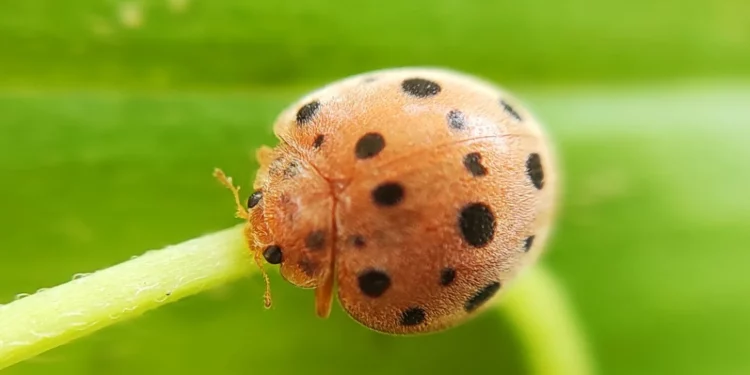The Mexican bean beetle (Epilachna varivestis) is a serious pest that poses a significant threat to bean crops, as well as other crops such as tomatoes, potatoes, and peppers. This article will explore the characteristics of the Mexican bean beetle, the damage it causes, and methods of management.
The Mexican bean beetle is a small yellow and black-spotted beetle that can cause significant damage to bean crops. According to the University of Minnesota Extension, the Mexican bean beetle is most commonly found in the central and eastern regions of the United States. It feeds on the leaves, pods, and flowers of bean plants, resulting in defoliation, stunted growth, and reduced yields.
One method of managing the Mexican bean beetle is to use natural enemies, such as parasitoid wasps, lady beetles, and lacewings, which can help to control beetle populations. Additionally, using row covers can be an effective way to protect bean plants from the beetle during the early stages of growth.
Another method of management is to use insecticides, although this should be done with caution to avoid harming beneficial insects and other non-target organisms. According to the University of Minnesota Extension, insecticides such as carbaryl, pyrethroids, and neonicotinoids can be effective in controlling the Mexican bean beetle, but should be used in accordance with label instructions and with consideration for environmental impact.
In conclusion, the Mexican bean beetle is a serious pest that can cause significant damage to bean crops and other crops. Understanding the characteristics and methods of management can help farmers and agricultural professionals to effectively control this pest and protect their crops.
#MexicanBeanBeetle #BeanCropPest #InsectManagement #NaturalEnemies #Insecticides #CropProtection































